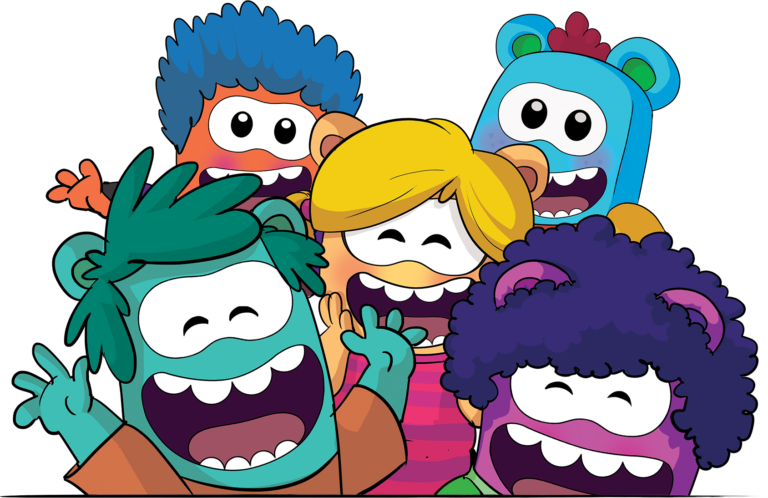It is said that the unborn child can hear the mother’s voice in the womb. The music, rhythm, and cadences of the mother’s words blend together with the pulsating heart of human life. This comforting pattern of familiar sounds soothes a newborn, and it is this voice that can be recognised above all else. Other senses combine to ease the way forward into an unfamiliar world, cushioning and guiding the baby through growth and development. The parent heralds the child’s advancement from the cradle to the classroom.
The mother tongue is the foundation of all language learning. If it can be assimilated in the formative years, children can enjoy a deep sense of confidence and security. From this springboard, a child can soar to explore new realms, including foreign languages.
Parents of differing nationalities wanting to raise bilingual children could each speak their own language at home. Take Anna, daughter of Amalia and Phillippe. She can speak Spanish well, and she can communicate effectively in French. Living abroad allows her to go to the local international school, where she is educated in German, and her nanny adds English into the mix! Little Anna will be exposed to up to four languages during her childhood!
Could this be too confusing for a young mind? The brains of children are said to be like sponges, ready to absorb multiple concepts and words. If an individual child is happy and confident, the world can be his or her oyster, and the acquisition of more languages is possible.
Having met numerous multilingual families, I have witnessed youngsters who are content with their exposure to other languages, provided that the mother tongue is established as the first channel of communication. If that proficiency does not exist in the family’s native language, it could lead to underlying gaps in their knowledge and communicative abilities. It is vital then to cherish a child through lullabies, stories, rhymes, and ditties in the mother tongue so that he or she can gain a sense of identity, culture, and familiarity with the world.

